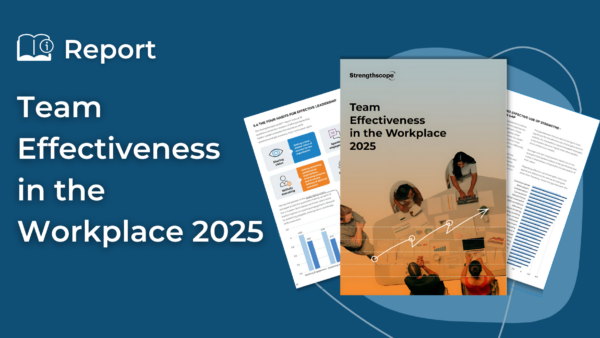We are surrounded by research about the benefits of a positive leadership approach in organisations. And I would agree, especially because it’s not about being nice or always being positive, it has been shown to be a strong way to build a great culture, bring people together in challenging times and drive teams to be peak performing. Building on existing successes and working with those, and creating energised and meaningful relationships.
The challenge for positive leaders, and any leader really, is when our underlying qualities go unchecked or into overdrive i.e. where perhaps we are using this quality or trait too much or ineffectively and it doesn’t match the situation. In particular with positive leaders, it’s likely to be when their positivity and optimism going into overdrive.
In a space of overdrive, positive leaders could come across as unrealistically positive at which could be risky if they do not take into account any possible pitfalls or shortcomings. They may ignore the real risks of market dynamics or competitor advantages. They could be perceived by the business or investors as overly unrealistic, perhaps non-strategic or even ‘flaky’. Or be unwilling to listen to alternative views that don’t align with their positive perspective. They could also misunderstand or miss problems entirely, leaving their organisations ill-prepared to deal with unforeseen events and setbacks.
As with any strengths or underlying leadership qualities that have a risk of going into overdrive, we need to honestly consider the strategies we have for moderating these risks. So whether you recognise the risk of positive leadership in yourself or as a leader, you have other qualities that could potentially block you or hold you back. There are several ways for dealing with this risk. At Strengths Partnership, we talk about three core strategies for mitigating our risks.
- Dial up and dial down the volume of your strengths
For example, positive leaders would need to dial down their positivity and optimism and perhaps look to other qualities and strengths they have that can help them to take stock, step back, get space and perspective of the current reality.
- Draw on people whose strengths are different from yours
Positive leaders might need to call on people around them that show energy and passion for looking at the reality of a situation, perhaps people who are more critically minded and able to consider problems and risks more naturally. Proactively using these people to sense check their ideas and suggestions at times where they may be at risk of going into overdrive.
- Develop and practice new skills and habits
For example, positive leaders might recognise that to call on other people might not always cut it for their role, and in fact the skills required for them to be successful is to have a more balanced approach than overly positive approach. Therefore, they may need to learn the skills and build new habits into their work to ensure they tackle challenges and situations in a more critical or realistic way.
I’d also say for all leaders, our risks may only be triggered in certain situations, by certain people, environments or contexts. So, my final suggestion? Know your triggers.
When have you received feedback about being overly positive or optimistic, when should you have been more realistic and critical in your thinking and is there a pattern that starts to emerge?
Being positive can indeed be empowering and transformational, facilitating innovation and enhancing teamwork. The skill for all leaders is to ensure they are creating the right balance, as we’ve seen unfounded optimism can damage performance by eroding trust, communication and learning preparedness.
More effective leadership dynamics are likely to emerge when we know our triggers, and know which strategies we can call on to balance us in times of overdrive to ensure we are not only getting the best out of ourselves but out of others as well.
Zara Bates, Head of Consulting and Training, Strengthscope










